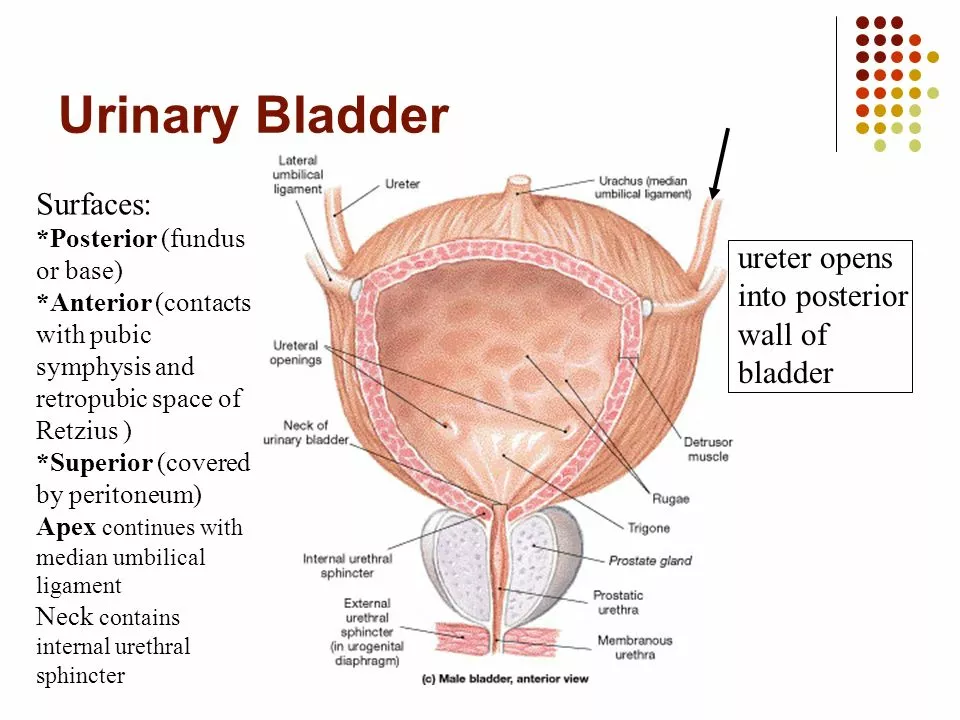Understanding Urinary Retention
As a patient living with urinary retention, I've come to understand the ins and outs of this condition quite well. Urinary retention is a condition where the bladder is unable to empty completely, leading to discomfort and potential complications. It can be caused by a variety of factors, including nerve damage, muscle weakness, and obstructions in the urinary tract. In my case, it's been a long journey to find the right treatment and management strategies, but I've finally found some relief with the use of a medication called Bethanechol.
Diagnosis and Initial Struggles
Getting diagnosed with urinary retention wasn't a straightforward process for me. I initially experienced symptoms like frequent urges to urinate, difficulty starting and stopping the flow of urine, and a feeling of incomplete bladder emptying. After several tests and consultations with various doctors, I was finally diagnosed with urinary retention. The initial period of adjustment was challenging, as I had to accept my condition and find ways to manage it effectively while maintaining my daily routine.
Introducing Bethanechol
After trying various treatments and medications, my doctor prescribed Bethanechol to help manage my urinary retention. Bethanechol is a medication that belongs to a class of drugs called cholinergic agonists. It works by stimulating the bladder muscles to contract, allowing for more complete emptying of the bladder. I was hopeful that this medication would provide the relief I needed, and after some trial and error with dosages, I've seen significant improvements in my symptoms.
Starting the Treatment
When I first started taking Bethanechol, my doctor advised me to take the medication on an empty stomach, as food can affect its absorption. I was also instructed to take the medication at least one hour before or two hours after meals to ensure maximum effectiveness. It was a bit of an adjustment, but I quickly got used to this new routine.
Managing Side Effects
As with any medication, Bethanechol has the potential to cause side effects. I experienced some mild side effects such as nausea, stomach cramps, and dizziness. Thankfully, these side effects were manageable and didn't interfere with my daily life too much. My doctor advised me to watch out for more severe side effects such as difficulty breathing, chest pain, or a rapid heartbeat, but fortunately, I haven't experienced any of these.
The Impact on My Daily Life
Since starting Bethanechol, I've noticed a significant improvement in my urinary retention symptoms. I no longer have such frequent urges to urinate, and I can empty my bladder more completely, leading to increased comfort and a better quality of life. This improvement has allowed me to feel more confident in social situations, as I don't have to worry about finding a bathroom urgently or dealing with discomfort from an incomplete bladder emptying.
Maintaining a Healthy Lifestyle
Alongside taking Bethanechol, I've also made some lifestyle changes to help manage my urinary retention. These include staying well-hydrated, avoiding caffeine and alcohol, and practicing pelvic floor exercises to strengthen my bladder muscles. By combining these lifestyle changes with my medication, I've been able to find a balance that works for me and helps me manage my condition effectively.
Continuing the Journey
Living with urinary retention and using Bethanechol has been a journey filled with ups and downs. However, I am grateful to have found a treatment that works for me and has made a significant impact on my daily life. I continue to work closely with my healthcare team to monitor my condition and make any necessary adjustments to my treatment plan. While urinary retention is a chronic condition, I am hopeful that with the right management strategies, I can continue to live a full and active life.


Alexis Hernandez
April 29, 2023 AT 04:20Eric Donald
April 29, 2023 AT 21:56Carly Smith
April 30, 2023 AT 17:50Khaled El-Sawaf
May 1, 2023 AT 12:32Patrick Klepek
May 2, 2023 AT 17:37Angie Creed
May 4, 2023 AT 07:23Jackie R
May 5, 2023 AT 03:40Josh Arce
May 6, 2023 AT 19:07Robert Andersen
May 8, 2023 AT 03:45Nawal Albakri
May 9, 2023 AT 13:00brajagopal debbarma
May 9, 2023 AT 16:10Brenda Flores
May 10, 2023 AT 08:10Eli Grinvald
May 11, 2023 AT 04:22Alexander Ståhlberg
May 11, 2023 AT 07:22Michael Ferguson
May 13, 2023 AT 06:43Kurt Stallings
May 14, 2023 AT 19:38robert maisha
May 14, 2023 AT 21:24Musa Aminu
May 16, 2023 AT 04:22Megan Oftedal
May 17, 2023 AT 06:11